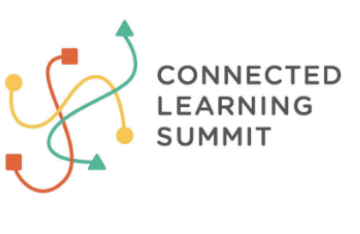by Eric Klopfer, Justin Reich, Hal Abelson, and Cynthia Breazeal
Abstract: In November of 2022, a Silicon Valley company launched an invention that could complete students’ homework for them. Available only to subscribers at first, by the spring of 2023 OpenAI’s ChatGPT-3.5 was available to millions of students. As of January 2023, anyone with internet service can access the next generation, GPT-4, using Microsoft’s Bing, for free. ChatGPT and other emerging models like it are a form of generative AI, and its widespread availability poses new challenges and opportunities for schools. The response from educators falls along a spectrum, of enthusiasm and optimism on one side, and fatigue, bitterness, and pessimism on the other, and commonly, a mix of positive and negative attitudes. The optimists, the pessimists, and the ambivalent all agree that the sudden, widespread availability of generative AI has been a jolt that has left them scrambling to adapt for the past year.

